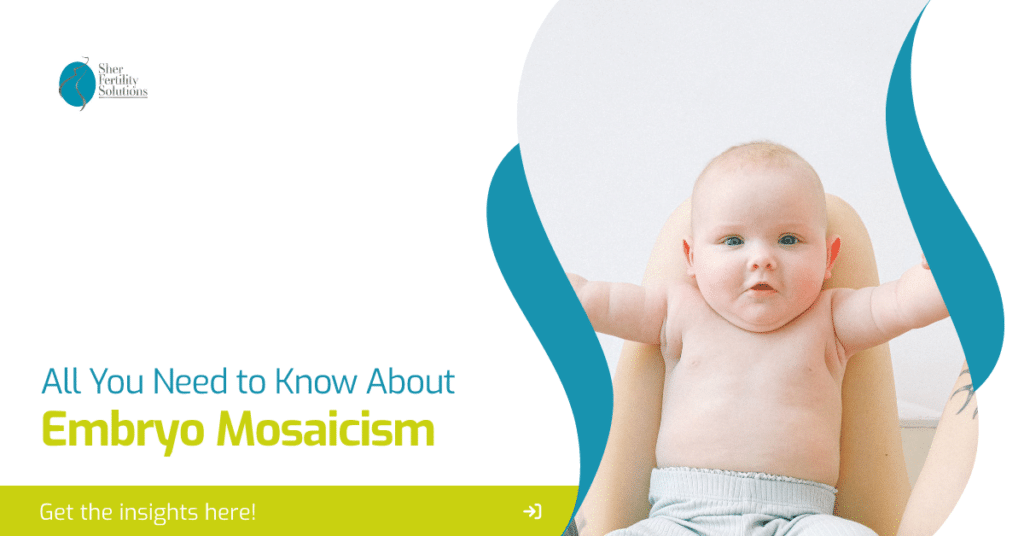Human embryo development is a marvel of intricate processes, including reprogramming, sequential cleavage divisions, mitotic chromosome segregation, and embryonic genome activation. However, the journey towards a successful pregnancy is not without its challenges, as chromosomal abnormalities can occur during germ cell and preimplantation embryo development, leading to early implantation failures and pregnancy losses.
Two decades ago, a groundbreaking technique emerged: full embryo karyotyping through preimplantation genetic sampling (PGS)/preimplantation genetic testing for aneuploidy (PGT-A). This method revolutionized the field by allowing us to identify and characterize an embryo’s karyotype, enabling the selective transfer of euploid embryos (those with a complete set of 46 chromosome into the uterus. This innovation led to a remarkable increase in implantation and birth rates, coupled with a significant reduction in early pregnancy losses following in vitro fertilization (IVF). Today, PGS/PGT-A is a standard practice worldwide.
However, this advancement presents a moral and ethical dilemma. Many IVF programs require patients to consent to the disposal of all aneuploid embryos—those with irregular chromosome quotas. Recent evidence has raised questions about whether some aneuploid embryos, when transferred, can “autocorrect” during development, potentially resulting in healthy babies. This dilemma forces us to reconsider our approach to discarding embryos.
The crux of this embryo “autocorrection” lies in the fact that many embryos labeled as aneuploid through PGS/PGT-A also contain chromosomally normal (euploid) cells. This coexistence of aneuploid and euploid cells within the same embryo is known as “embryo mosaicism.”
Types of Aneuploidy: Meiotic vs. Mitotic (Mosaicism)
In response to this complexity, more IVF practitioners are opting to cryobank certain PGS/PGT-A-identified aneuploid embryos, preserving the option for future transfer. To make informed decisions in such cases, it’s crucial to understand the two types of embryo aneuploidy:
- Meiotic aneuploidy: This results from chromosomal numerical abnormalities originating in the egg or sperm during preconceptual maturational division (meiosis). Meiotic aneuploidy is permanent, affecting all subsequent embryo cells and often leading to implantation failure, early pregnancy loss, or chromosomal birth defects.
- Mitotic aneuploidy (Mosaicism): This occurs when some cells of a meiotically normal early embryo, in the process of cell replication (mitosis), mutate and become aneuploid after fertilization. The outcome depends on whether aneuploid or euploid cells predominate. Mosaic embryos with more euploid cells are likely to undergo autocorrection once arriving in the uterus, leading to the propagation of chromosomally normal and healthy pregnancies.
Differentiating between these two types of aneuploidy is crucial, and next-generation gene sequencing (NGS) has significantly improved the accuracy of full embryo karyotyping, aiding in the diagnosis of embryo mosaicism.
What is a Mosaic Embryo?
A mosaic embryo is a unique entity, embodying a combination of chromosomally normal (euploid) and abnormal (aneuploid) cells within the same structure. The presence of euploid cells in a mosaic embryo introduces the possibility of “autocorrection” in the uterus, highlighting the intricate nature of these embryos and the challenges in precisely diagnosing their potential. Several factors influence the autocorrection potential of mosaic embryos, including the stage of embryo development at diagnosis, affected chromosomes, the complexity of aneuploidy, and the percentage of aneuploid cells. Embryos diagnosed as “mosaic” at earlier stages may autocorrect as they develop into blastocysts. Segmental mosaic aneuploidies and lower percentages of mitotically aneuploid cells in the blastocyst increase the chances of autocorrection.
Navigating the Challenges of Transferring Mosaic Embryos
Transferring embryos with autosomal meiotic trisomy often results in implantation failure, miscarriage, or the birth of a defective child. In contrast, autosomal mitotic trisomies, which can autocorrect, require careful consideration. Patients are advised to undergo prenatal genetic testing and be prepared to make difficult decisions if necessary.
When dealing with meiotic autosomal monosomy, the chances of a viable pregnancy are minimal, with those that do implant often ending in early spontaneous miscarriage. However, mosaic autosomal monosomic embryos can often autocorrect, making them a viable option for transfer. Nevertheless, full disclosure to patients and a commitment to prenatal genetic testing are essential in such cases.
The Challenge of Diagnosing Mosaic Embryos
When we biopsy an embryo for PGS/PGT-A, we test only a few cells, typically around six. If at least one of these cells is healthy (euploid) while the others are not (aneuploid), it’s called a “mosaic” embryo, and is potentially capable of self-correcting in the womb and leading to a healthy baby. On the other hand, if all the tested cells are aneuploid, it’s highly likely that the rest of the untested cells in the embryo are also abnormal, making it an unsalvageable, meiotically aneuploid embryo. However, we can’t be certain because we haven’t tested all the cells. So, even if we diagnose an embryo as aneuploid, in a few cases, it might still be mosaic and have a chance to develop normally in the uterus.
In summary, while we can confidently diagnose euploid embryos, diagnosing mosaic embryos is currently not perfect, and there’s a possibility that some may have the potential to develop into healthy babies. Embryo mosaicism adds complexity to the world of IVF, forcing us to navigate a delicate balance between minimizing risks and providing opportunities for patients to have healthy babies. The evolution of diagnostic techniques like NGS has brought us closer to understanding and harnessing the potential of mosaic embryos, but the journey remains intricate and ethically charged.
Ready to navigate the complexities of Embryo Mosaicism? Our expert team combines advanced techniques like PGS/PGT-A with ethical considerations. Take the next step toward parenthood—contact us for personalized fertility solutions and embark on your path to a successful and informed IVF journey.








